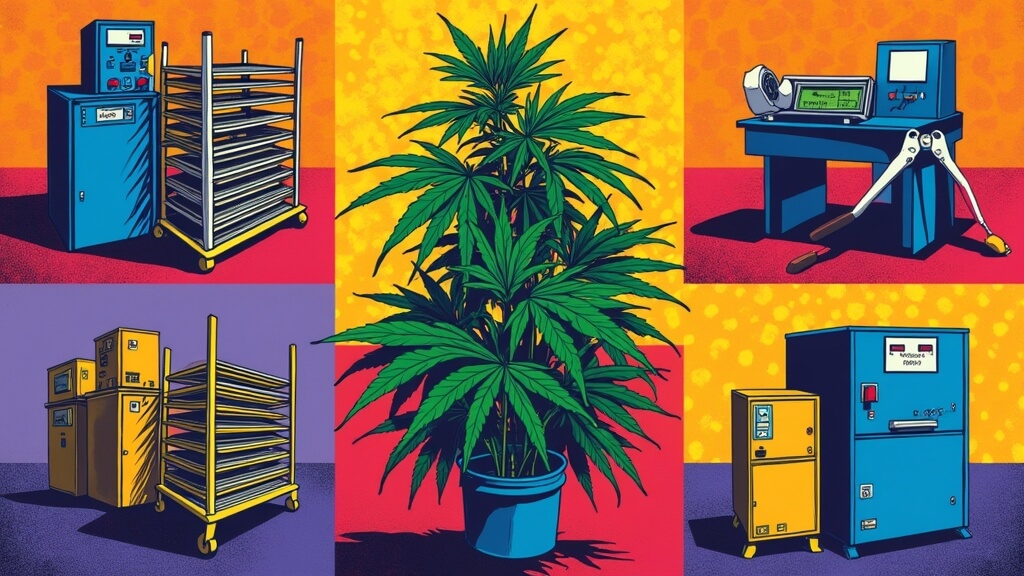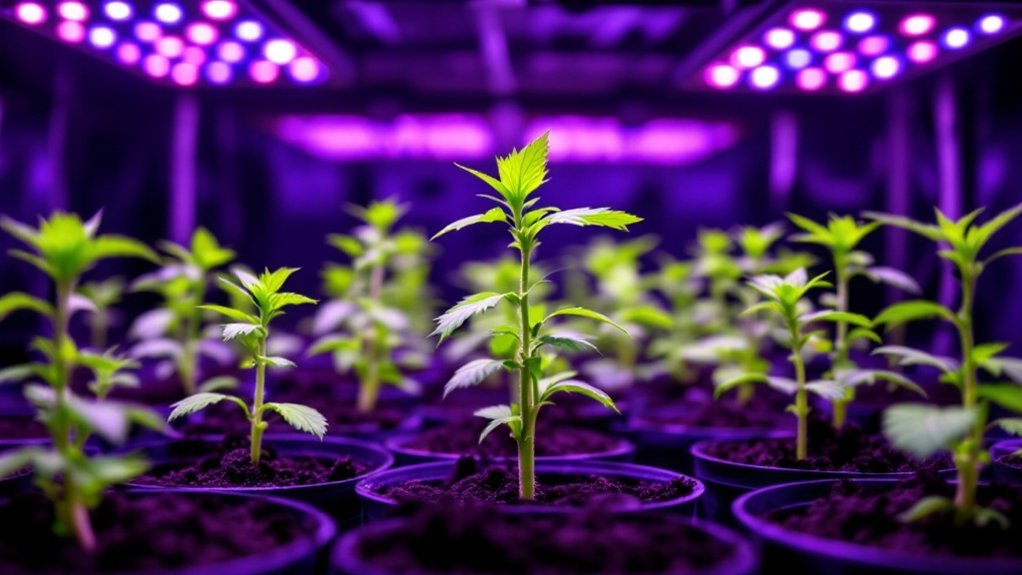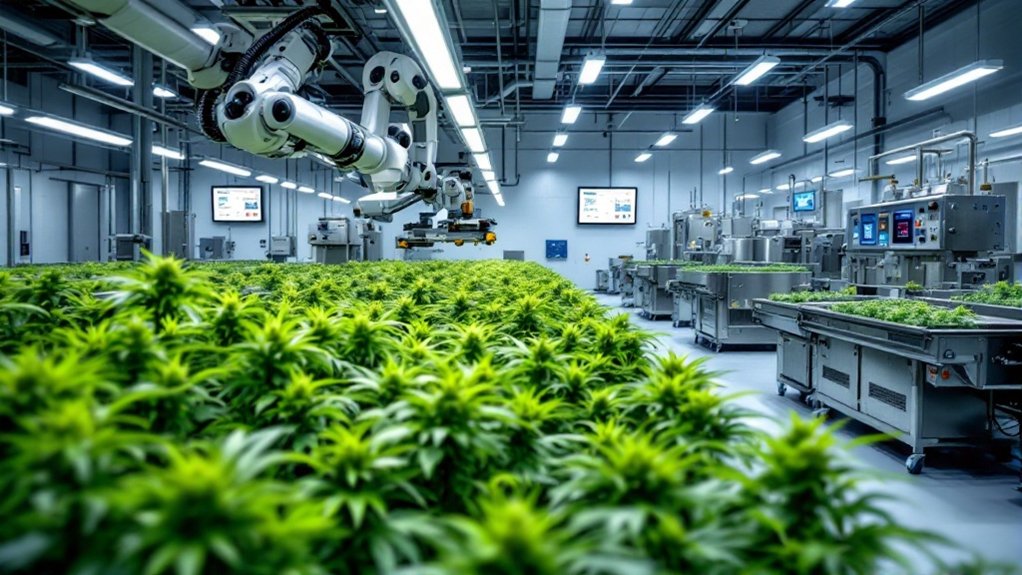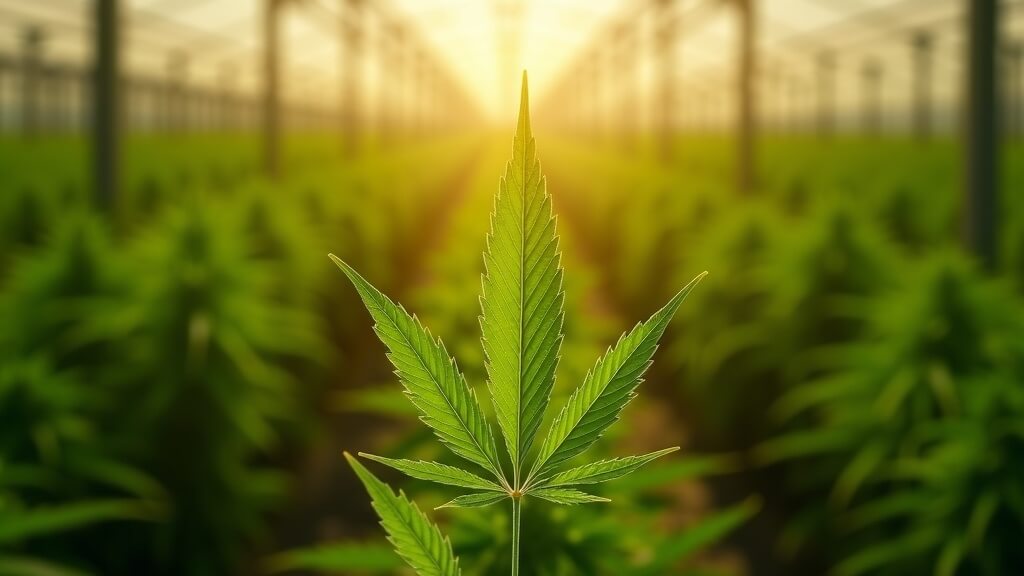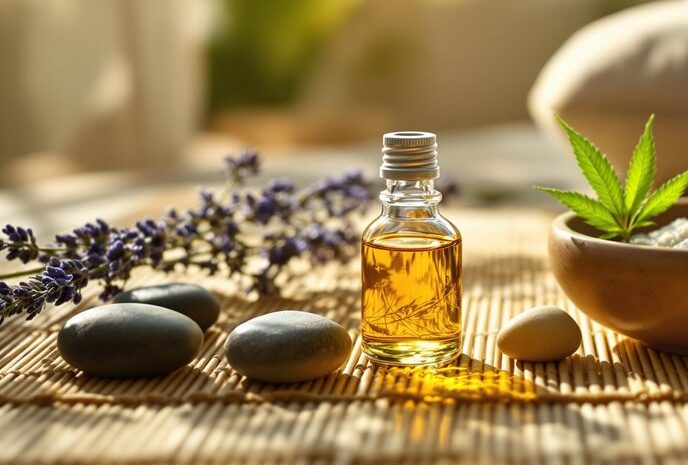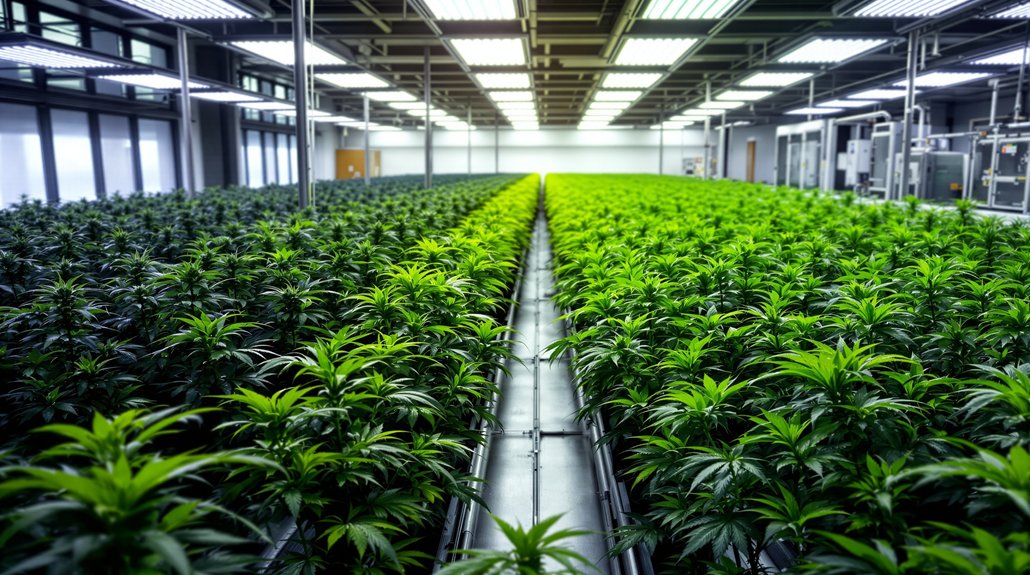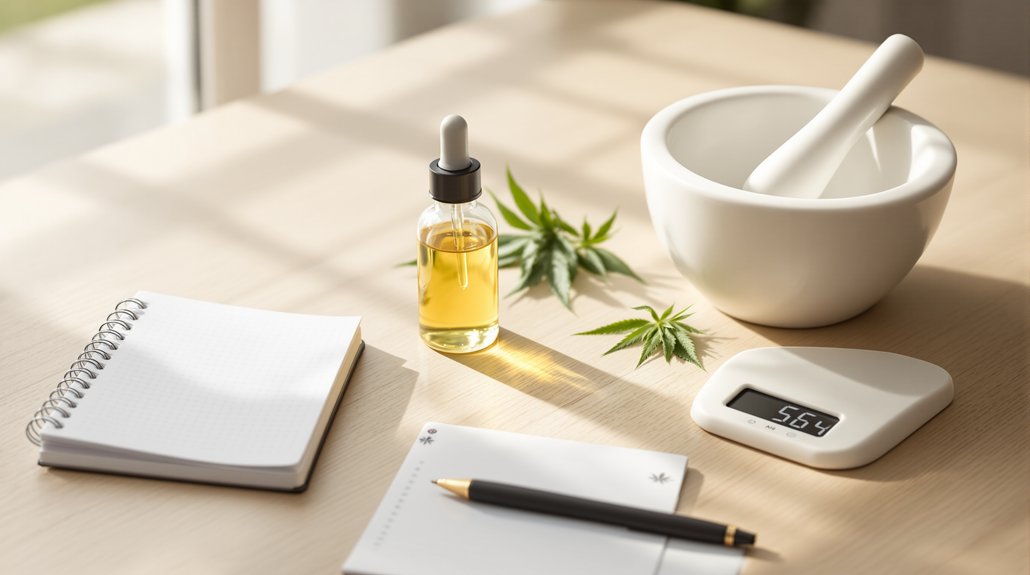Successful cannabis harvesting demands specific equipment. Quality trimming tools like precision scissors and pruning shears prevent damage to valuable buds. Gloves protect hands from sticky resin while bucking racks accelerate processing. Mesh drying racks with proper airflow prevent mold, a crop-killer that ruins profits overnight. Magnifiers reveal trichome details invisible to the naked eye. Regular cleaning with isopropyl alcohol keeps everything sanitary. The difference between amateur and professional results? The right tools.
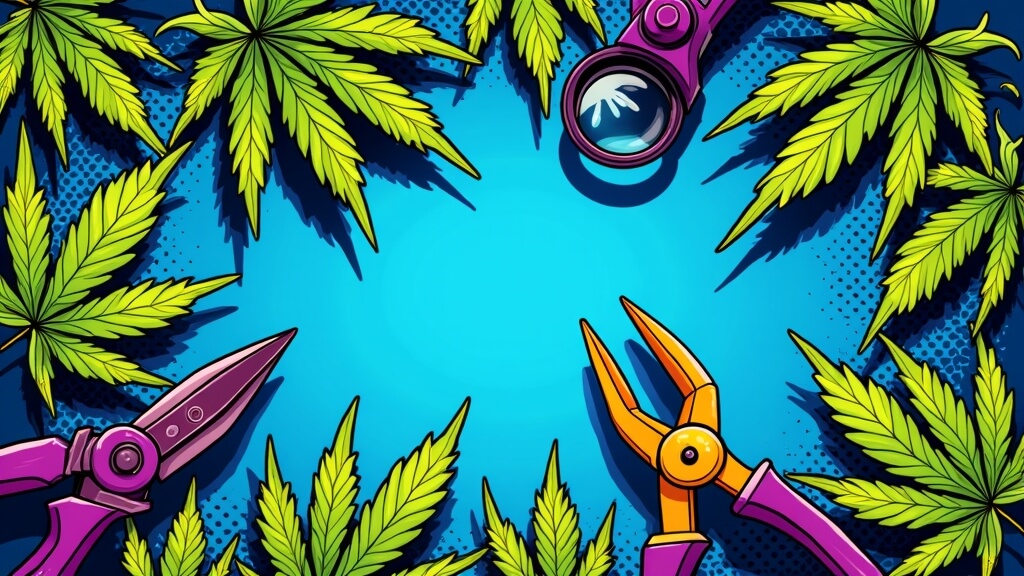
Every successful cannabis harvest demands the right tools. Growers know this. They understand that quality equipment makes the difference between mediocre and exceptional results. The foundation of any decent harvest operation starts with proper trimming implements like precision scissors for detailed work and pruning shears for larger branches. Not the cheap stuff either. We’re talking stainless or high-carbon steel blades that won’t quit during those marathon trimming sessions.
Price points? Expect to shell out $10-$30 for decent scissors and $15-$40 for shears that won’t fall apart.
Protection matters just as much as precision. Sticky resin ruins hands. And nobody wants their sweat contaminating product. Nitrile or latex gloves solve both problems. They’re non-negotiable in commercial operations. Rules are rules.
Personal protection isn’t optional. Gloves safeguard your harvest and your hands from contamination. Industry standards exist for a reason.
The processing stage requires its own arsenal. Bucking racks speed up the tedious task of separating buds from stems. Clean cuts. Faster turnaround. Follow with manicure scissors for that refined appearance consumers expect. Equipment cleanliness can’t be overstated. Dirty tools spread contamination.
Once cut, those precious buds need proper drying. Mesh racks aren’t just convenient, they’re essential. Air circulation prevents the dreaded mold that destroys entire harvests. Some operations stack vertically to maximize space. Proper airflow in drying racks is critical for preventing mold and mildew development during the curing process.
Quality control separates professionals from amateurs. Magnifiers reveal what naked eyes miss. Trichomes tell harvesting secrets through their color. Milky or amber means it’s time. Before that? Too soon. Digital microscopes offer documentation capabilities crucial in regulated markets where everything requires proof. A pocket microscope becomes indispensable when determining the perfect harvest moment through trichome inspection. Understanding the growth stages of cannabis helps growers anticipate nutritional needs and optimize harvest timing.
The final piece: maintenance supplies. Isopropyl alcohol keeps equipment functional by removing resin buildup. Scissors get sticky fast. Really fast. Regular cleaning extends tool life and prevents cross-contamination between plants.
The cannabis industry doesn’t forgive careless harvesting. Proper equipment isn’t just about efficiency, it’s about survival in a competitive market. Quality in, quality out.
Frequently Asked Questions
How Do Environmental Factors Affect Drying and Curing Time?
Environmental factors dramatically influence cannabis drying and curing timeframes.
Temperature, humidity, and airflow, they’re all essential players.
Too hot? Your buds dry fast but lose quality.
Too humid? Hello, mold problems.
Poor air circulation creates moisture pockets where rot thrives.
Light exposure? Absolutely destructive to cannabinoids.
The sweet spot: 60-70°F with 45-55% humidity in complete darkness.
Consistent conditions are non-negotiable for quality product.
Fluctuations can wreck everything.
Can Harvesting Equipment Be Rented Rather Than Purchased?
Yes, harvesting equipment can be rented rather than purchased. The rental option offers cost savings of 15-50% per acre without major capital investment.
Perfect for seasonal use. Access to cutting-edge technology without commitment? That’s the appeal.
But beware, equipment availability during peak harvest can be scarce. No modifications allowed either. Damage responsibilities fall on you, the renter.
Costs add up fast during extended use.
What Safety Precautions Should Be Taken During Harvest?
Cannabis harvesting demands serious safety measures.
Harvesters need nitrile gloves to avoid skin reactions from resin. Respirators prevent inhalation of particulates. Can’t forget eye protection and clean clothing.
The workspace? Keep it ventilated, around 70°F, with controlled humidity. Dark conditions preserve trichomes.
And those tools? Sanitize everything. Repeatedly. Cross-contamination isn’t just a fancy term, it’s a crop killer.
Handle plants gently. Those trichomes don’t reattach.
How Do Regulations Impact Equipment Selection in Different States?
Regulations across states create a maze for cannabis equipment buyers. Massachusetts demands stainless steel trimmers meeting sanitary codes, while Arizona’s product definitions require completely different extraction setups.
Plant count restrictions? Those dictate harvesting equipment scale. Some states even charge fees based on equipment type.
It’s a regulatory hodgepodge. Cross-contamination prevention isn’t optional, it’s law. Equipment must enable batch tracing for testing too.
No compliance, no business.
What Are Common Mistakes First-Time Harvesters Make?
First-time harvesters often butcher their cannabis crops.
Timing? Usually off. Many harvest too early due to sheer excitement, missing peak THC development.
Drying disasters abound – rushing the process ruins everything.
Newbies frequently overwater plants, ignore pH levels, and botch environmental controls.
Temperature and humidity management needs to be stellar.
Curing? It’s critical for flavor.
Poor ventilation can lead to moldy buds. Not pretty.
Give it a few grows, mastering the art of cultivation is both an art and a science.
